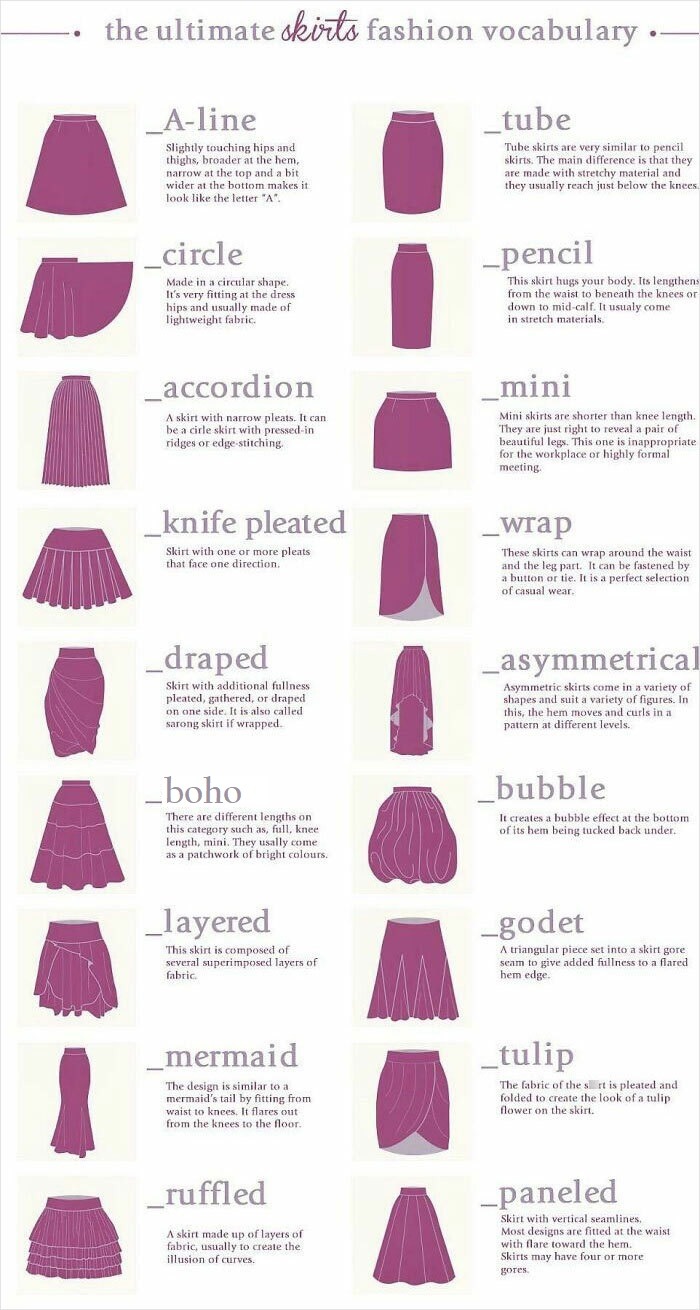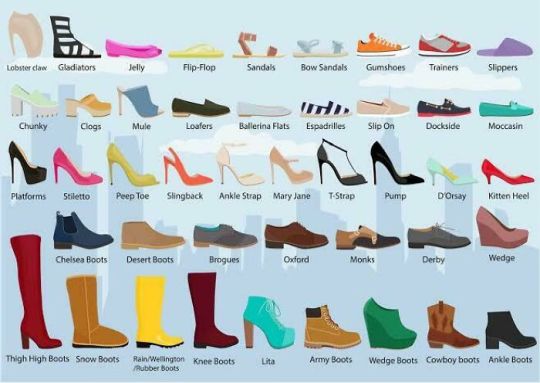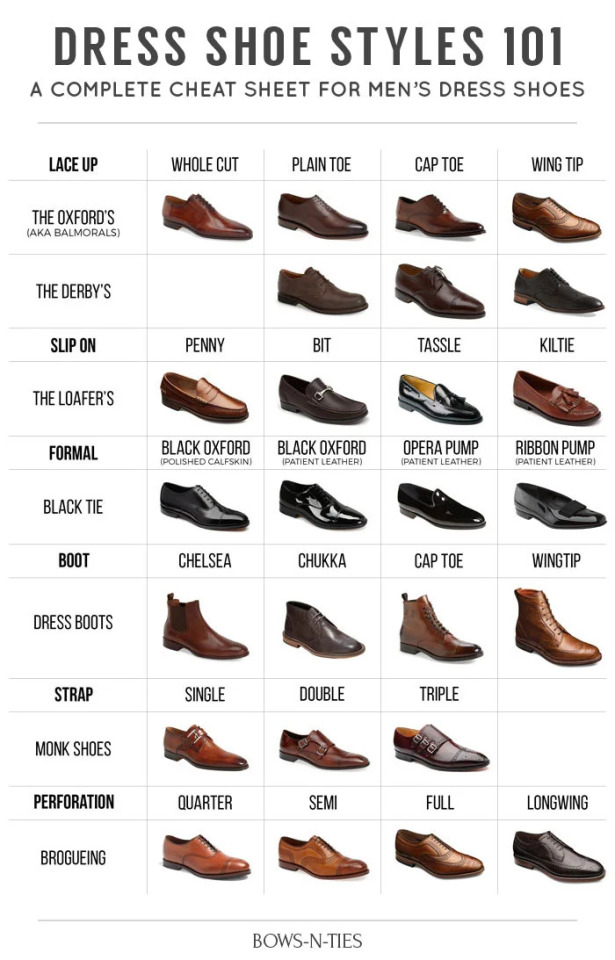Text
The Good News: Your new roommate is a cute catboy. The Bad News: He’s an orange tabby.
8K notes
·
View notes
Text
people who think writers are in control of the story clearly have never spoken to a writer
6K notes
·
View notes
Text
Small moments of joy in my life are what keep me going, such as when one employee at my local Taco Bell asks how my day is going and when I politely ask how they are (as is expected from allistics), they say, 'Im doing tacotastic, thank you.'
Every time.
1 note
·
View note
Text
Deepest apologies to the well-thought-out characters that I created but never wrote the stories for.
12K notes
·
View notes
Text
Any other writers have the issue where you get more invested in and attached to a side character than the main character and then have to remind yourself not to focus on that side character too much because they are not, in fact, the main character?
#writer problems#writers of tumblr#writeblr#and in that particular book it wouldnt make sense narratively to make that side character the MC#which is frustrating as all hell#viper my beloved nonbiny badass#im so sorry you cant be the MC#kat rambles
0 notes
Text
I've realized that in the three books I'm working on my main characters are as follows:
A vampire that drinks an amnesia potion by accident and forgets they're a vampire
An alien living on Earth who doesn't know she's an alien
A girl enchanted with magic powers that thinks she's a witch because she's unaware of the enchantment
I'm sensing a bit of a pattern here and I'm not sure how to feel about it honestly...
0 notes
Text
I'm not the first person to say this, but sometimes I like writing things where The Twist(TM) can be figured out before its actual reveal.
And sure I also like Twists aren't meant to be figured out until the end. But it's like. That's not a requirement. There's room for both. They serve different purposes. Not every Twist needs to be some fight for the writer to prove how smart they are by keeping the audience in the dark until the very end.
Sometimes I wanna write a Twist that's a teamsport actually. I'm gonna reward the reader for paying attention. I want them to be able to go "hey wait I think I know where this is going" halfway through when I've sprinkled out enough breadcrumbs. I want them to get excited. I want them to be able to go "I called it." Like fuck yeah you did. You got my clues. You were paying attention. You did great. I'm shaking your hand.
6K notes
·
View notes
Text
How to write the passage of time
Time is a crucial element in writing that shapes the narrative. From linear progression, to flashbacks and foreshadowing, it gives you complete control of how your story unfolds.
Here are some tips to describe the passage of time to make your narratives more compelling.
Use the natural world
Describe the changing seasons
Show plant growth and death
Visualise the ebb and flow of tides
Describe the decomposition of flora and fauna
Describe the ways that landscapes change on long journeys
Use the weather to illustrate time jumps
Illustrate the affect that shifting shadows have on a location
Use heavenly bodies like stars, the rise and set of the sun, and phases of the moon
Describe physical activities
Show family gatherings and how they change over the years
Describe the process of finishing a creative pursuit
Create repetitive activities and routines
Have a character engage in an activity, like gardening, that visually changes
Have your characters learn a new skill
Write a change in location that requires a journey to get from point A to point B
Use your setting's seasonal celebrations to illustrate a time shift for individual characters and their world
Use sound
Describe the ticking of clocks
Have your characters' voice change with their age
Illustrate changing musical styles
Have your characters improve an audible skill like singing, swordplay, or learning a musical instrument
Show a character's conversational style changing as they grow
Use the sounds of nature, like leaves becoming brittle as they crunch underfoot, or rain turning into storms
Use silence to illustrate it getting late
Describe objects
Have food left out go mouldy
Illustrate buildings and settings being overtaken by nature
Show the lifecycle of a family heirloom
Describe textiles fading and degrading over time
Describe the freshness of paint; is it wet and glistening, or cracked and dry?
Illustrate technological change and advancement
Describe the repairs in a beloved object
Show a common object like a pencil to describe how it changes with use
2K notes
·
View notes
Text
Writing fight scenes
masterlist. main navigation.
@bluebxlle_writer on Instagram
1. Pacing
A fight scene should be fast-paced and intense. Unless it's a final battle with numerous parties, a fight scene that's too long tends to take away suspense. To speed up your pacing, use active voice to describe movement and don't overdescribe your characters' thoughts. Excessive inner monologue will be unrealistic, as people usually have no room to think during intense combats.
2. Character mannerisms
Here's a point that people often overlook, but is actually super important. Through fight scenes, you should be able to reveal your characters' contrasting mannerisms and personality. A cunning character would play dirty - fighting less and making use of their opponent's weakness more. A violent character would aim to kill. A softer one would only target to disarm their enemies, using weakened attacks. A short-minded character would only rely on force and attack without thinking. This will help readers understand your characters more and decide who to root for.
3. Making use of surroundings
Not only the characters, you also need to consider the setting of your fight scene and use it to your advantage. Is it suitable for fighting, or are there dangerous slopes that make it risky? Are there scattered items that can help your characters fight (e.g. nails, shards of glass, ropes, wooden boards, or cutlery)? Is it a public place where people can easily spot the fight and call the authorities, or is it a private spot where they can fight to the death?
4. Description
The main things that you need to describe in a fight scene are :
• Characters involved in the fight
• How they initiate and dodge attacks
• Fighting styles and any weapons used
• The injuries caused
Be careful to not drag out the description for too long, because it slows down the pace.
5. Raise the stakes
By raising the stakes of the fight, your readers will be more invested in it. Just when they think it's over, introduce another worse conflict that will keep the scene going. Think of your characters' goals and motivations as well. Maybe if the MC didn't win, the world would end! Or maybe, one person in the fight is going all-out, while the other is going easy because they used to be close :"D
6. Injuries
Fights are bound to be dirty and resulting in injuries, so don't let your character walk away unscathed - show the effect of their injuries. For example, someone who had been punched in the jaw has a good chance of passing out, and someone who had been stabbed won't just remove the knife and walk away without any problem. To portray realistic injuries, research well.
7. Drive the plot forward
You don't write fight scenes only to make your characters look cool - every fight needs to have a purpose and drive the plot forward. Maybe they have to fight to improve their fighting skills or escape from somewhere alive. Maybe they need to defeat the enemy in order to obtain an object or retrieve someone who had been kidnapped. The point is, every single fight scene should bring the characters one step closer (or further :D) to the climax.
8. Words to use
• Hand to hand combat :
Crush, smash, lunge, beat, punch, leap, slap, scratch, batter, pummel, whack, slam, dodge, clobber, box, shove, bruise, knock, flick, push, choke, charge, impact
• With weapon :
Swing, slice, brandish, stab, shoot, whip, parry, cut, bump, poke, drive, shock, strap, pelt, plunge, impale, lash, bleed, sting, penetrate
27K notes
·
View notes
Text
Game-Changing Sites for Writers
A recent search for a specific type of site to help me build new characters led me down a rabbit hole. Normally, that would make me much less productive, but I have found a treasure trove of websites for writers.
Bring Characters/Places to Life
There are a few different places you can use to create a picture of something entirely new. I love this site for making character pictures as references, instead of stock photos or whatever pops up on Google Images.
thispersondoesnotexist: every time you reload the page, this site generates a headshot of someone who doesn't exist. This is great if you're thinking about a character's personality or age and don't have specifics for their facial features yet.
Night Cafe: this is an AI art generator that takes your text prompt and generates an image for it. I tried it for various scenery, like "forest" or "cottage." It takes a minute for your requested photo to load, but no more than maybe five for the program to finish the picture.
Art Breeder: this website has endless images of people, places, and general things. Users can blend photos to create something new and curious visitors can browse/download those images without creating an account. (But if you do want to make an account to create your own, it's free!)
Find Random Places on Earth
You might prefer to set a story in a real-life environment so you can reference that place's weather, seasons, small-town vibe, or whatever you like. If that's the case, try:
MapCrunch: the homepage generates a new location each day and gives the location/GPS info in the top left of the screen. To see more images from previous days, hit "Gallery" in the top left.
Atlas Obscura: hover over or tap the "Places" tab, then hit "Random Place." A new page will load with a randomly generated location on the planet, provide a Google Maps link, and tell you a little bit about the place.
Random World Cities: this site makes randomly selected lists of global cities. Six appear for each search, although you'll have to look them up to find more information about each place. You can also use the site to have it select countries, US cities or US states too.
Vary Your Wording
Thesauruses are great, but these websites have some pretty cool perspectives on finding just the right words for stories.
Describing Words: tell this website which word you want to stop repeating and it will give you tons of alternative words that mean the same thing. It typically has way more options than other sites I use.
Reverse Dictionary: type what you need a word for in Reverse Dictionary's search box and it will give you tons of words that closely match what you want. It also lists the words in order of relevancy, starting with a word that most accurately describes what you typed. (There's also an option to get definitions for search results!)
Tip of My Tongue: this website is phenomenal. It lets you search for that word you can't quite place by a letter in it, the definition, what it sounds like, or even its scrambled letters. A long list of potential options will appear on the right side of the screen for every search.
---
Hope this helps when you need a hand during your next writing session 💛
10K notes
·
View notes
Text
How To Accurately Describe Pain In Writing

Pain can be an interesting emotion to write about. It gives authors the liberty to merge their character’s emotions and surroundings to create beautiful metaphors and graphic descriptions that draw their readers in and convey their character’s struggles. However, if done wrongly reading your descriptions of pain can feel like a chore to your readers. Unsure how to accurately describe pain in your writing? Here are some tips to help you get started.
Use The Five Senses
As humans, we possess five senses that dictate our reactions to the world around us. When writing, it is important to use these five senses rather than just relying on what your character can see. Talk about the sound, the smell, the taste, and even the feeling.
If your character just got burnt, talk about the sound of sizzling flesh and the slight numbness they feel. Mention the terrible smell of burnt flesh, and make your character feel dizzy with fear as their eyes finally land on the horrific wound.
Internal bleeding makes people spit blood and taste iron and partially healed wounds feel itchy and irritant.
There is so much more to pain than what you see, and simply talking about your character’s wounds isn’t nearly enough to make your readers wince in second-hand pain. In fact, they are more likely to skim your passages in boredom.
Show your readers what your character is experiencing, and then go on to describe their reaction to this situation.
Build It Up, Then Break It Down
Pain doesn’t just suddenly come from nowhere. It starts with something small, blossoms, and then spreads. Your character won’t just suddenly get a third-degree burn the size of a baseball by leaning against a hot steel wall for the briefest of seconds. It starts with a light reddish-brown mark, then darkens, maybe even blisters.
You can’t go from 0 to 100 in one sentence. You need to build it up and show your readers how your character’s pain was found. Then, break it down.
Pain doesn’t come from nowhere, but it doesn’t suddenly disappear either. Show us how your character’s wound heals. Does the wound mark from where they hurt their knee turn into an ugly brown shade for a couple of weeks? Do their burns gradually fade from red to pink, or turn darker?
It’s important to show your readers the aftermath of your character’s pain. A character who just had a bullet pulled out of their shoulder with a hot knife can’t suddenly just jump up and start firing at the enemy with perfect aim.
You don’t need to overdo it and constantly mention their wounds during the healing stage, but something as simple as ‘her bandages uncomfortably scratched at her back every time she lifted her hand to eat’ or ‘his fingers subconsciously shifted to run over the remains of his burn mark even as his eyes remained trained on the blackboard’ will suffice.
How Does This Affect Your Character?
Physical pain aside, wounds can also have an effect on your character’s dynamics with others as well as your plot.
It’s important to take into account how they got this wound, how the other characters might react to it, and internalised conflict caused by it. Maybe your character injured their fingers during a game of volleyball and now they’re staring at their final exam paper with tears of frustration brimming their waterline because it hurts too much to write.
Maybe your protagonist suffered a small burn while sneaking out to go to their friend’s house and their parent or mentor saw it. Or maybe your protagonist won against the antagonist but suffered a grave injury to their legs and now cannot fight during the next confrontation, resulting in a chaotic outbreak at their headquarters.
Think about the internal as well as the external damage your character’s wounds can cause, and then use that as a plot device to further your book.
Do Your Research
It’s very important to accurately portray your character’s level of pain and consider whether or not they would realistically incur such injuries from such a wound. When writing about a character’s wound or pain consider doing some research about that type of wound.
Here are some things you need to check when researching the wound type:
How much blood would they loose with this type of wound?
What are the side effects?
Could this be fatal?
How long will it take to heal?
How long does it take for a wound to get to that extent? (for example, if you’re writing about a third-degree burn, research what it takes for a burn to be considered third-degree).
What are the major veins, arteries, and other important body parts in that part of the character’s body? For example, if your character is supposed to be injured on their arm but it’s not supposed to be serious, you need to consider whether the wound could realistically have ruptured their radial artery, resulting in death.
Will there be any scarring? What about any long-lasting wound marks?
You could also take a look at historical events similar to the one you’re writing. For example, if you’re writing about an assassination attempt consider researching the most historically renowned assassination techniques.
It’s also a good idea to ask your families and friends about their experiences with the type of wound you’re writing about (so long as it’s not a sensitive topic). Maybe you have a cousin who suffered a third-degree burn once or a classmate who has a scar from a graphic wound across their arm.
I hope this blog on how to accurately describe pain in writing will help you in your writing journey. Be sure to comment any tips of your own to help your fellow authors prosper, and follow my blog for new blog updates every Monday and Thursday.
Looking For More Writing Tips And Tricks?
Are you an author looking for writing tips and tricks to better your manuscript? Or do you want to learn about how to get a literary agent, get published and properly market your book? Consider checking out the rest of Haya’s book blog where I post writing and marketing tools for authors every Monday and Thursday.
Want to learn more about me and my writing journey? Visit my social media pages under the handle @hayatheauthor where I post content about my WIP The Traitor’s Throne and life as a teenage author.
Copyright © 2022 Haya Sameer, you are not allowed to repost, translate, recreate or redistribute my blog posts or content without prior permission
3K notes
·
View notes
Text
TYPES OF CLOTHES !!
use these for inspo in your character's outfits





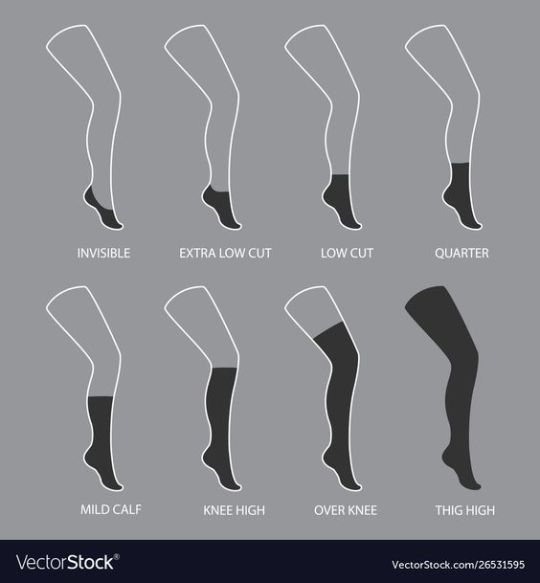
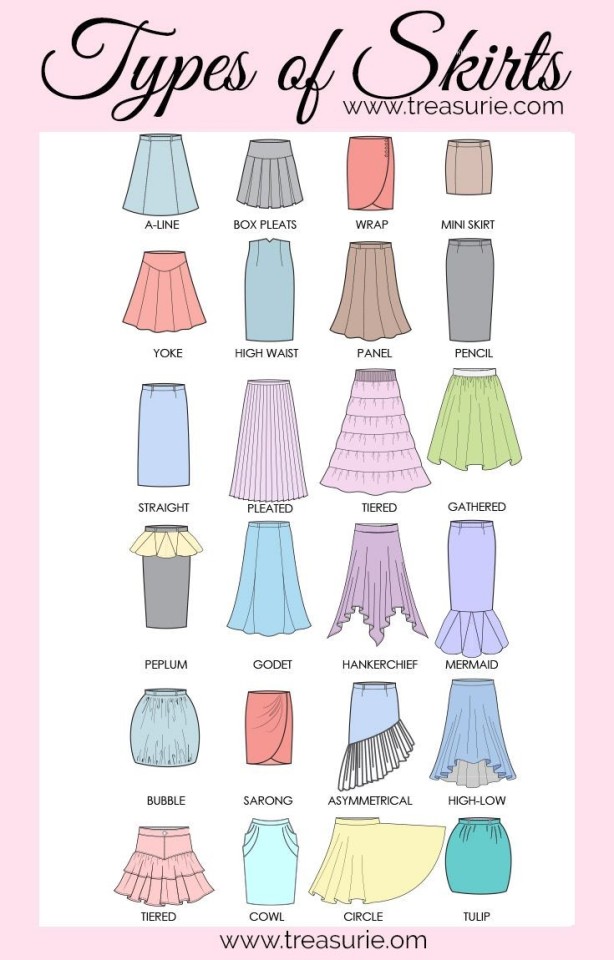
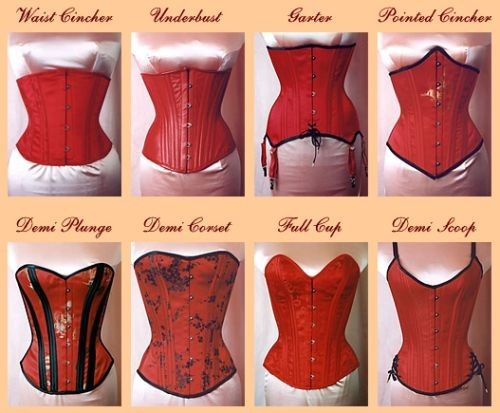
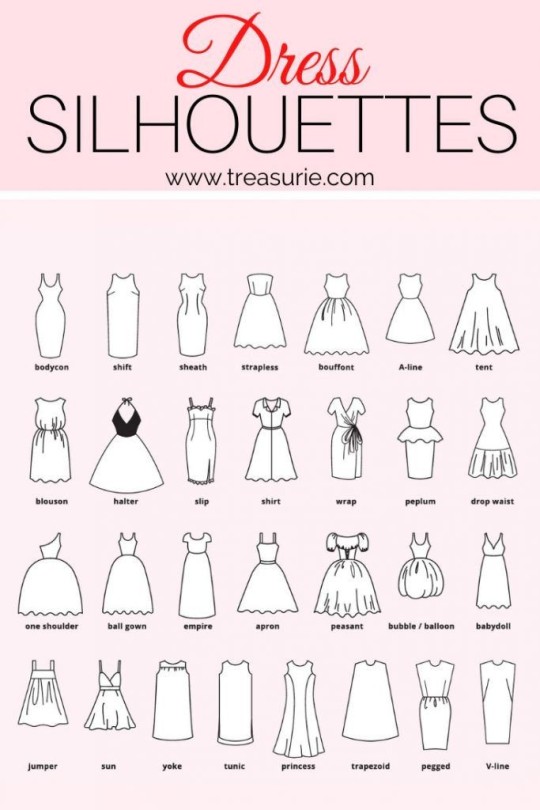
3K notes
·
View notes
Text
WEBSITES FOR WRITERS {masterpost}
E.A. Deverell - FREE worksheets (characters, world building, narrator, etc.) and paid courses;
NotionByRach - FREEBIES (workbook, notion template, games, challenges, etc.);
Hiveword - Helps to research any topic to write about (has other resources, too);
BetaBooks - Share your draft with your beta reader (can be more than one), and see where they stopped reading, their comments, etc.;
Charlotte Dillon - Research links;
Writing realistic injuries - The title is pretty self-explanatory: while writing about an injury, take a look at this useful website;
One Stop for Writers - You guys... this website has literally everything we need: a) Description thesaurus collection, b) Character builder, c) Story maps, d) Scene maps & timelines, e) World building surveys, f) Worksheets, f) Tutorials, and much more! Although it has a paid plan ($90/year | $50/6 months | $9/month), you can still get a 2-week FREE trial;
One Stop for Writers Roadmap - It has many tips for you, divided into three different topics: a) How to plan a story, b) How to write a story, c) How to revise a story. The best thing about this? It's FREE!
Story Structure Database - The Story Structure Database is an archive of books and movies, recording all their major plot points;
National Centre for Writing - FREE worksheets and writing courses. Has also paid courses;
Penguin Random House - Has some writing contests and great opportunities;
Crime Reads - Get inspired before writing a crime scene;
The Creative Academy for Writers - "Writers helping writers along every step of the path to publication." It's FREE and has ZOOM writing rooms;
Reedsy - "A trusted place to learn how to successfully publish your book" It has many tips, and tools (generators), contests, prompts lists, etc. FREE;
QueryTracker - Find agents for your books (personally, I've never used this before, but I thought I should feature it here);
Pacemaker - Track your goals (example: Write 50K words - then, everytime you write, you track the number of the words, and it will make a graphic for you with your progress). It's FREE but has a paid plan;
Save the Cat! - The blog of the most known storytelling method. You can find posts, sheets, a software (student discount - 70%), and other things;
I hope this is helpful for you!
☕️ buy me a coffee! ☕️
73K notes
·
View notes
